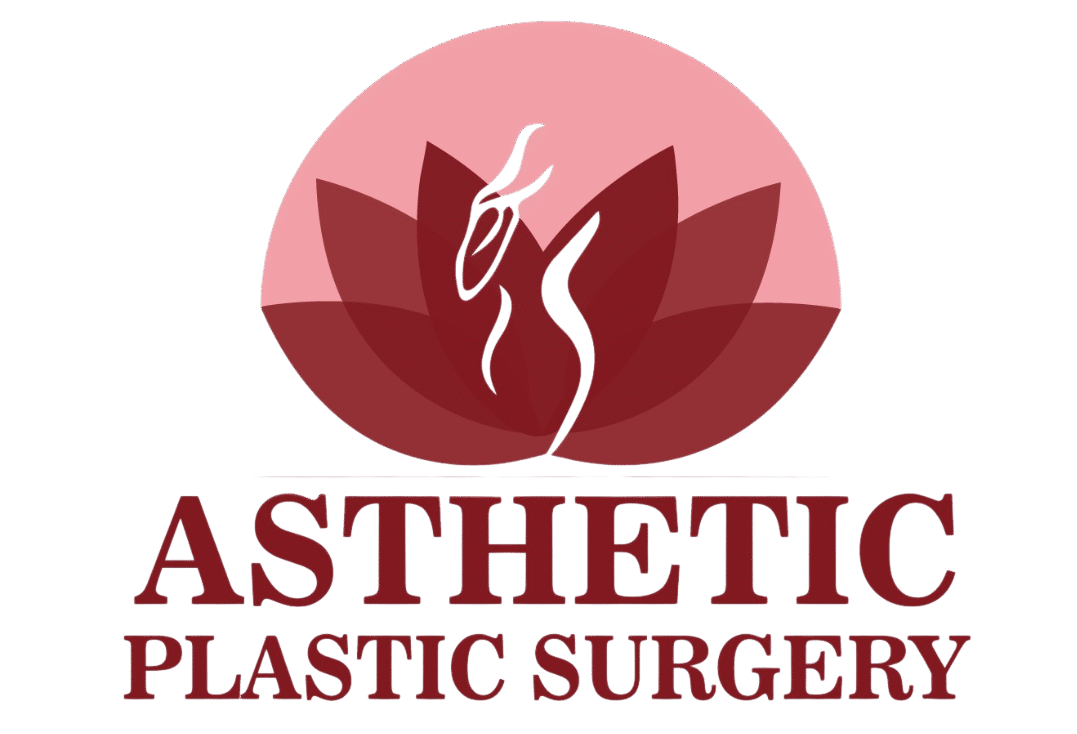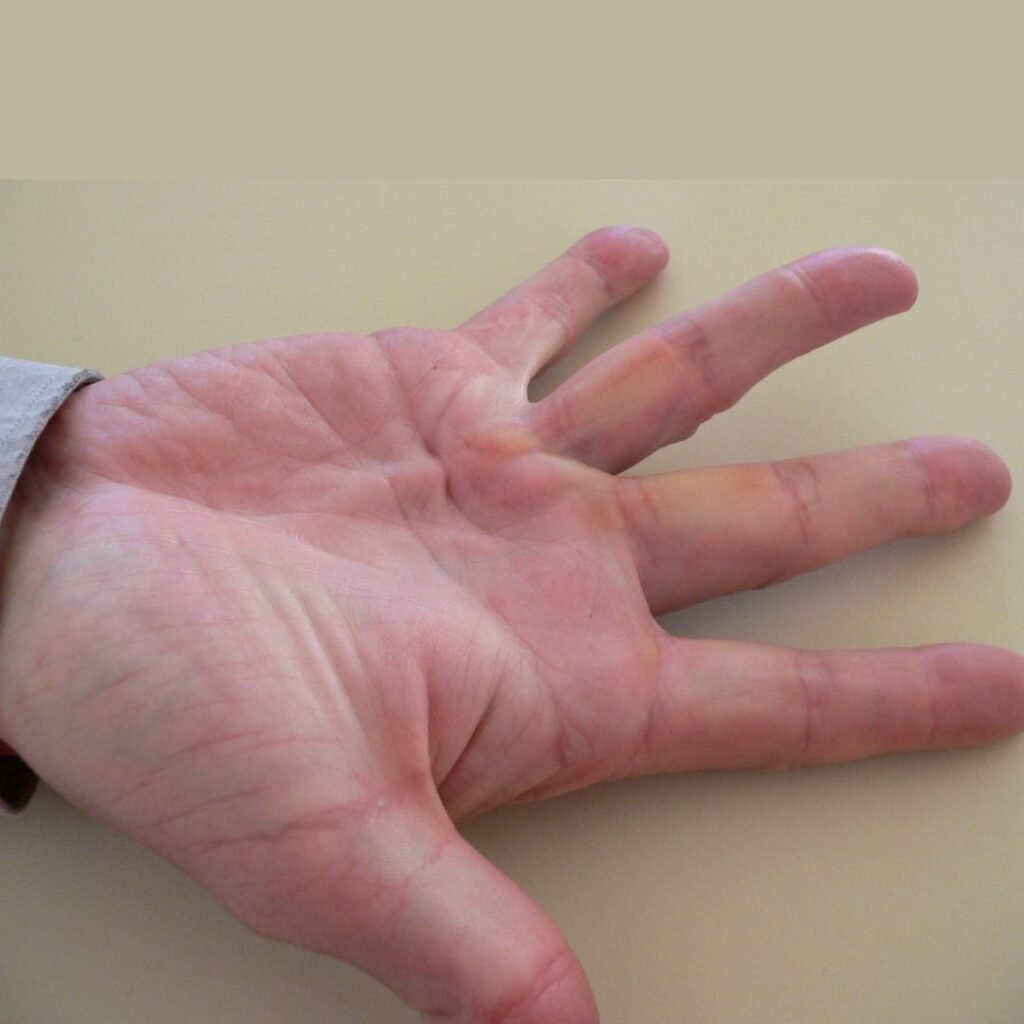Dupuytren contractures
Confidence Begins with Expert Care
Satisfied Patients
Year of Experience
Satisfied Patient
Awards
What is Dupuytren Contracture?
Dupuytren’s Contracture is a progressive condition that affects the connective tissue beneath the skin of the palm and fingers. Over time, this tissue thickens and tightens, causing the fingers (usually the ring and little fingers) to bend inward toward the palm. This can make everyday tasks, like shaking hands or putting your hand in your pocket, difficult.
What causes it:
- Genetics / Family History – A strong hereditary link increases the risk.
- Age – Most common in people over 50.
- Gender – Men are more frequently affected than women.
- Ancestry – More common in people of Northern European descent.
Health Conditions – Associated with diabetes, epilepsy, and alcohol use.
Symptoms:
- Thickened, firm nodules in the palm of the hand
- Tightening cords of tissue pulling fingers toward the palm
- Difficulty straightening the affected fingers
- Gradual worsening over months or years
- Reduced hand function in daily activities
Complete Process
Consultation & Planning
We perform a detailed physical exam, review medical history, and assess the glandular vs. fatty composition of your chest. Blood tests and imaging may be advised to rule out underlying causes.
Customized Surgical Planning
Depending on the tissue type and severity, we may perform ,Liposuction (for fatty tissue removal) , Glandular excision (for firm breast tissue) , Skin tightening or repositioning (in higher grades)
Daycare Procedure & Recovery
The surgery is usually done under local or general anesthesia and takes about 1–2 hours. Patients can return home the same day, with minimal downtime.
Post-Operative Care & Results
Compression garments are provided to reduce swelling and support healing. Results are typically visible within weeks and improve over the following months.
Why Choose Us for Dupuytren Contracture Surgery?
Board-certified hand and reconstructive surgeons with expertise in Dupuytren’s Contracture
Advanced surgical and non-surgical treatment options for restoring hand function
Minimally invasive techniques focused on minimal scarring and fast recovery
Personalized, patient-focused care in a supportive, judgment-free environment
Transparent, affordable treatment plans with high patient satisfaction
Dedicated post-operative rehabilitation for optimal long-term results


Need Help?
Patient Care Tips After Treatment
- Follow your surgeon’s post-operative instructions carefully
- Attend all follow-up appointments
- Perform recommended hand exercises and physical therapy
- Protect your hand from strain, heavy lifting, or sudden impacts during healing
- Avoid smoking and alcohol
- Monitor for signs of recurrence such as new lumps or tightening in the hand, and report them promptly
Get In Touch!
We Would Love to Hear from You!
If you’re experiencing difficulty with hand movement due to Dupuytren’s Contracture, contact us today for a private consultation.
+91-98765-43210
info@astheticplasticsurgery.com
Asthetic Plastic Surgery 2nd Floor, Wellness Plaza South Extension, New Delhi – 110049
Testimonials
Hear directly from our patients as they share their personal journeys—how expert care, advanced procedures, and compassionate support helped them regain confidence and improve their quality of life. These testimonials reflect the transformative impact of our work and the dedication we bring to every patient’s experience.
"I had been dealing with gynecomastia for years and it really affected my confidence. The surgery was simple, recovery was quick, and the results look completely natural. I finally feel good wearing fitted clothes again."
Explore Our Latest Blogs
Discover insightful articles covering treatments, recovery tips, real patient experiences, and the latest advancements in medical care. Whether you’re exploring your options or seeking to better understand a condition, our blogs offer reliable information and compassionate guidance to support you every step of the way.
FAQ
Frequently Asked Questions
Surgery is typically recommended when the fingers can no longer lie flat on a surface or when daily tasks like writing, gripping, or shaking hands become difficult due to stiffness or curling.
No, early-stage contractures may be managed with injections or needle aponeurotomy. However, surgery becomes the preferred option for moderate to severe contractures or when other treatments are ineffective.
Initial recovery takes about 1–2 weeks, but full healing—including return of strength and flexibility—can take 6–12 weeks, especially with physiotherapy.
There is a chance of recurrence, as Dupuytren’s is a progressive condition. However, surgical removal of the affected tissue significantly reduces the risk and delays recurrence.
Yes, hand therapy plays a crucial role in regaining flexibility, preventing stiffness, and optimizing long-term results after surgery
Yes, Dupuytren’s contracture surgery is usually considered medically necessary, especially when it interferes with hand function. Most health insurance providers cover the procedure, but it’s best to confirm coverage details with your insurer beforehand.

